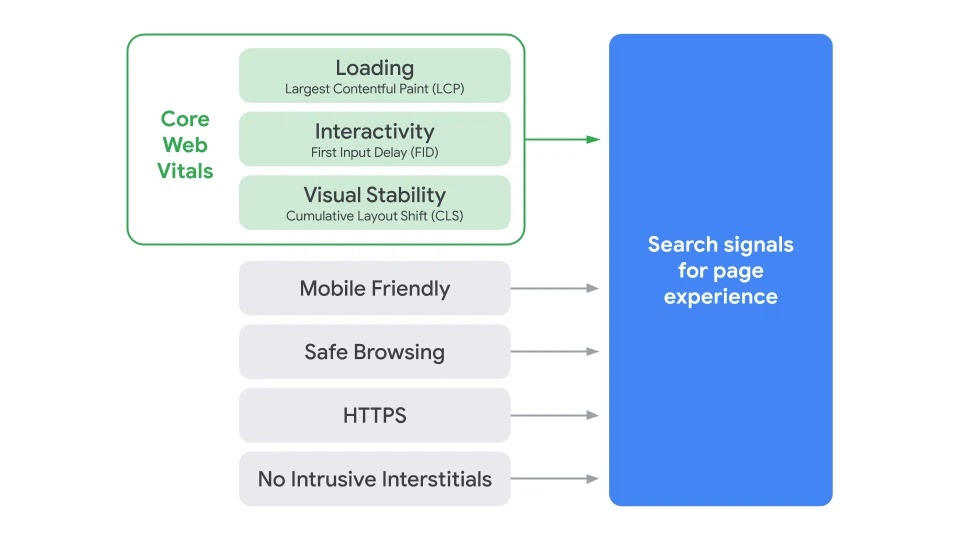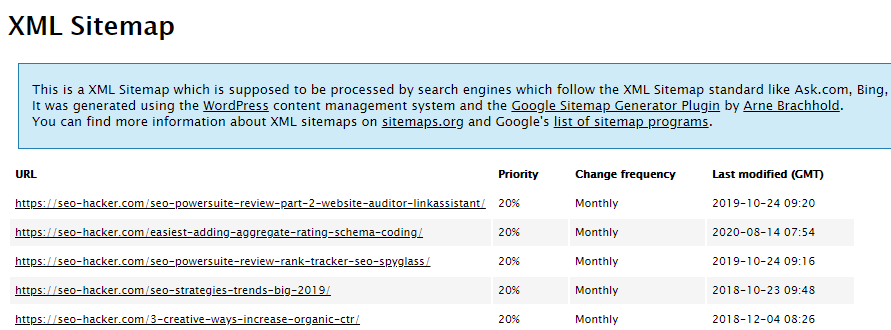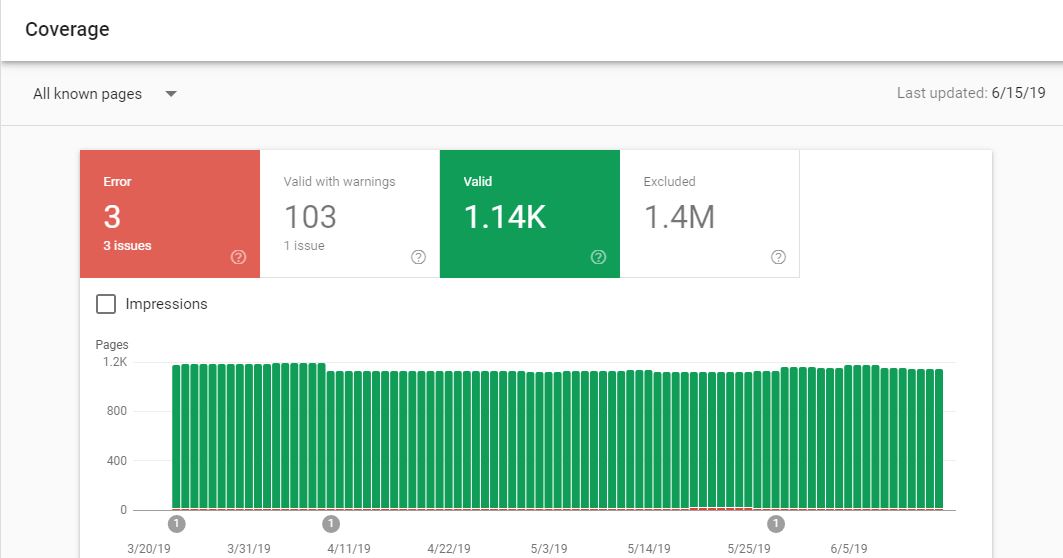12-Point SEO Checklist for 2021
Doing SEO is never as easy as publishing an article, taking a nap, then wait for it to rank. SEO needs to be holistic and it takes efforts in all areas of it to be truly successful. It has been this way and it will surely be this way in 2021 and the next years to come.
However, one can only do so much and there are so many stuff to think about and focus on. It is really easy to get lost in SEO and forget about other factors when you are trying to optimize one factor after another. That is why I created this checklist to help you organize your thoughts and don’t miss a beat. If you want to be successful in SEO in 2021, follow this checklist to help you plan your SEO strategy.
1. Check Meta Tags
Checking and optimizing meta tags are two of the basic steps in doing on-page SEO. It has been and will always be an important part of any SEO checklist because it includes one of the most important ranking factors: the title tag.
When optimizing title tags, make sure that the target keyword is present while also creating a good copy to attract user clicks. Optimizing meta tags also means optimizing meta descriptions and although it is not a ranking factor, it is important for your click-through rate.
One of the things most people forget when checking meta tags is the meta robots tag attribute which can lead to critical errors. A simple ‘noindex’ tag can completely ruin a page’s rankings because it will literally tell Google to not show this page in the search results. You can use a robots exclusion checker extension so you can quickly check the meta robots attribute of a page without having to go to the source code.
2. Look for Duplicate Content
Duplicate content can cause two main problems: first is that there is a possibility that Google may flag it as spam and second are it may dilute keywords around your website. It is also good to note that duplicate content is not just any piece of content in the body of an article. Duplicate meta tags and subheadings can also negatively affect your rankings.
In instances where duplicate content cannot be avoided (ex. Two product pages with the same item and description but different measurements etc.), use the canonical tag to avoid ranking drops.
3. Check for Pages with Wrong Intent
As I mentioned in the article I wrote about SEO ranking factors in 2021, search intent is going to be big. That is why you should optimize not only new pages on your website but also existing ones.
Check the list of the keywords you are targeting and look for those that are not yet on the first page despite your efforts. Search the keyword you are targeting in Google and take a quick look at the ones Google is rewarding because for now, this is the best way to identify what is the intent of the keyword you are targeting.
Once you have assessed the right intent for the keyword, look back at the page you are trying to rank then adjust your content accordingly. Do the results show products? Then most likely, you need to show products on your page as well. Search intent will always focus on giving the users the answer that they are expecting so you should adjust your content according to that. Yes, keywords on your article and the word count are still important, but if your content does not satisfy what a user is searching for in a specific keyword, you will always be outranked by those that do.
4. Optimize for Core Web Vitals and Page Experience
The Core Web Vitals and Page Experience are confirmed SEO factors that will be integrated into Google’s algorithm in 2021 and there is no doubt that these two should be on your checklist.

There are three metrics that make the Core Web Vitals: Largest Contentful Paint, First Input Delay, and Cumulative Layout Shift. Page Experience, on the other hand, consists of existing SEO factors that are now grouped together to help Google better assess user experience on a website. This includes HTTPS, mobile-friendliness, safe-browsing, and no interstitials. The Core Web Vitals are actually included in the Page Experience but it is a big topic that is frequently discussed entirely on its own.
To help you assess how your website fairs on these new SEO factors, you can use a variety of field and lab tools from Google. PageSpeed Insights, Google Lighthouse, and the Core Web Vitals Chrome extension to name a few. I published a series of guides regarding the Core Web Vitals and Page Experience and I highly recommend that you check that out to have an in-depth idea on how to optimize them.
5. Augment Old Blog Posts
Augmenting articles that were published more than a year ago is a great SEO strategy that can boost your traffic. The strategy here is to look for blog posts that were performing before but then dropped off. Most likely, they lost their rankings for containing outdated information and new articles from other websites started to outrank them.
This is an opportunity that most website owners tend to forget because most are focused on publishing new articles when they already have existing assets that can save them time. Check out this sample article I repurposed back in 2019. It was getting a few pageviews per week back in 2018 when it was first published. I then updated it and further optimized it and started getting more pageviews than ever, even carrying the momentum to 2020.

Augmenting old blog posts may vary, there will be blog posts that may need an overhaul but there are also those that only needs a few tweaks. Whatever it may be, it is a good strategy that can definitely get you more traffic. I wrote a full guide on Augmenting Blog Posts that you can read here to give you full insights on how to do it properly.
6. Apply Schema Markups
No, structured data is still not a ranking factor but you should never underestimate the value that it can bring to your website. Properly applying schema markups on your pages make them eligible for Google’s Rich Results which can boost your click-through rate from Google search results.

Many overlook structured data because not only is it not a ranking factor but also it can take a lot of time and effort to manually apply schema markups. But thankfully, there are a lot of tools that could help automate the process. You could easily install plugins if you’re using WordPress or use schema generators that are available to use online for free. This makes creating schema markups a lot easier and not web development knowledge is required.
7. Utilize AMP
Using AMP or Accelerated Mobile Pages on your website automatically strips your page down to the bare minimum, leaving only the header, content, and images. This provides mobile users with the best experience because it makes websites load at a very fast rate.
A lot of people are still confused about AMP’s contribution to a website’s rankings. It is already confirmed by Google that AMP is not a ranking factor – meaning enabling AMP on your website does not give you a ranking boost. However, Google also said that speed is a ranking factor and AMP does make your website load faster.
Installing AMP on your website is not difficult and will not require web development knowledge if you’re using WordPress. You can simply install the official AMP plugin then select which parts of your websites will the plugin create AMP versions of.
Do take note that AMP is not for everyone. Since AMP will strip down a webpage’s design down to the bare minimum, visuals that you use to convert customers may not appear. I also don’t recommend using AMP on product pages and product category pages for ecommerce websites. If this is the case for you, it is better to focus on making sure that your website is mobile-friendly without the use of AMP.
8. Check Internal Links
Internal linking is really important for site structure and it also helps in rankings. Important pages of your website should have a lot of internal links to it. Internal linking also helps users navigate around your website and can help convert them. You can also help Google understand the context of pages through the anchor text that you use for the internal link similar to how anchor text in backlinks work.
Another purpose of checking your internal links is you could be wasting link juice by linking to old pages of your website that are not existing anymore or linking to URLs with redirects. Linking to 404 URLs stops the flow of link juice and is a wasted opportunity. Redirects, on the other hand, reduces the authority passed on by the links so you are better of linking directly to where the link redirects.
9. Verify Website on Google Search Console
If you haven’t done this yet, you have to do this ASAP. Verifying your website on Google Search Console is the first step you should take if you want it to appear in Google. There is not really much to say about this step. Simply go to Google Search Console and use your Google account to login. Follow the steps to verify your website and that’s it! Google should start crawling your website then index it.
10. Submit Sitemaps
Once you’ve set up Google Search Console for your website, you will now be able to submit your XML sitemaps to help Google better crawl your website. Google will prioritize crawling of URLs that are included in the sitemap you submit and will also crawl them more frequently. For URLs that are not included in the sitemap, Google will still crawl them but with less priority.

For large websites, you can create multiple sitemaps to better organize URLs. You can also create an image sitemap for image SEO.
11. Check for Crawling and Indexing Errors
The Coverage Report in Google Search Console is one of the benefits of verifying your website. In this report, you’ll see crawl errors that may also prevent pages from being indexed. You’ll also the list of URLs that are being indexed, URLs with warnings, and URLs that are completely excluded from the search results.

For a full guide on how to fix coverage errors in Google Search Console, I highly recommend that you check out this guide that I wrote for it – How to Fix Index Coverage Errors in Google Search Console.
12. Upgrade to Google Analytics 4
Google Analytics 4 or GA4 is an improved version of Google Analytics with advanced AI technology that can provide you more and smarter marketing insights. It also allows you to have better integration with Google Ads and helps you understand user life cycles better.
Moving forward, new Google Analytics accounts will automatically be in GA4 and you’re currently using Universal Analytics, the previous version, you can easily upgrade to Google Analytics 4 in your property settings.
I highly suggest that you move all your old universal analytics accounts to GA4 so you can start enjoying the benefits of the new platform. I’m sure it will take some time to adjust to the new platform but there is no better time to adapt and improve.
Key Takeaway
2021 is going to be a year where us SEOs will get our hands full even more with so many optimization points to think about. Just the Core Web Vitals alone can eat up weeks of work! That is why it is crucial that you are able to organize and plan ahead so you won’t leave any stone unturned. I hope this checklist help you in planning out your SEO strategy and help you rank better this year.
